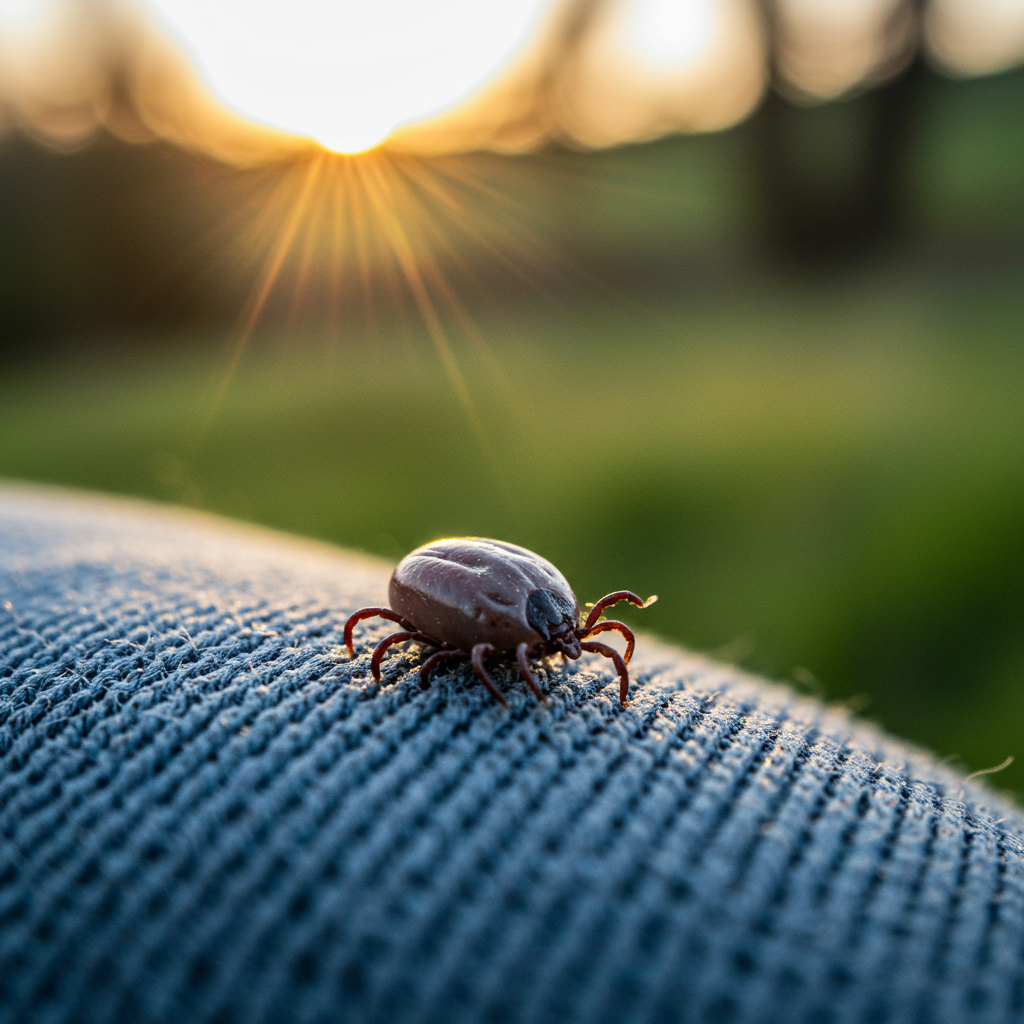Summer is here, and unfortunately, that means higher tick activity across the Bay Area. Experts are noting increased tick densities this year compared to last, making vigilance crucial for anyone spending time outdoors.
Understanding the Risk: Ticks and Lyme Disease
Ticks, particularly active in warmer months, pose a significant health risk primarily because they can transmit Lyme disease. This illness, caused by bacteria transmitted through a tick bite, can lead to debilitating symptoms including rash, flu-like discomfort, and joint pain. If left untreated, Lyme disease can become severe and potentially life-threatening.
On the West Coast, the primary carrier of Lyme disease is the Western black-legged tick. This species has a three-year life cycle and is commonly found in areas along California’s north coast.
Where Are Ticks Hiding?
While ticks are traditionally associated with wooded areas, tall grasses, and brush – environments where they thrive, especially in humid conditions – recent research suggests they can be found in unexpected places too. A 2021 study found Lyme-carrying ticks in beach areas in parts of northwestern California at rates equal to woodland habitats. This means coastal visitors should be just as cautious as hikers.
Essential Safety Measures to Protect Yourself
Protecting yourself from tick bites requires a multi-pronged approach when enjoying the outdoors:
Avoidance: Whenever possible, steer clear of known tick habitats like dense brush, tall grasses, and leaf litter. Stick to the center of trails when hiking.
Dress Smart: Wear light-colored clothing, which makes it easier to spot ticks crawling on you. Consider treating clothing and gear with permethrin-based repellents, and use EPA-approved insect repellents containing DEET on exposed skin.
Perform Thorough Tick Checks: After spending time outdoors, conduct a full body check on yourself, your children, and your pets. Pay close attention to areas like behind the knees, elbows, scalp, groin, and behind the ears. Don’t forget to check your gear and clothing too. Bay Area experts recommend checking not only immediately upon returning home but also again two days later, as ticks can detach and reattach.
Know How to Remove Ticks: If you find a tick attached, remove it promptly and correctly. The best method is to use fine-tipped tweezers. Position the tweezers as close to the skin’s surface as possible, gripping the tick’s mouthparts. Pull upward with steady, even pressure. Avoid twisting or jerking, which can cause the mouthparts to break off and remain in the skin. Clean the bite area and your hands thoroughly afterwards.
- Monitor for Symptoms: Be vigilant for any symptoms of Lyme disease, especially a rash (often, but not always, appearing like a bull’s-eye), fever, headache, or joint pain. If you experience any of these symptoms after a potential tick exposure, see a doctor right away.
- minnesotasnewcountry.com
- www.today.com
- www.gpb.org
- www.nytimes.com
- www.tallahassee.com
Treatment and Future Prevention
Lyme disease is most effectively treated when caught early, typically with antibiotics. However, treatment is not always successful, especially if the infection is advanced.
Hope for future prevention is on the horizon, with companies like Pfizer leading the development of potentially the first new Lyme vaccine in over two decades.
Living with ticks is a reality of enjoying the beautiful Bay Area outdoors, but by understanding the risks and taking these preventative steps, you can significantly reduce your chances of a tick bite and potential illness. An “average” tick year still means plenty of ticks are out there, so staying informed and prepared is key to staying safe.



